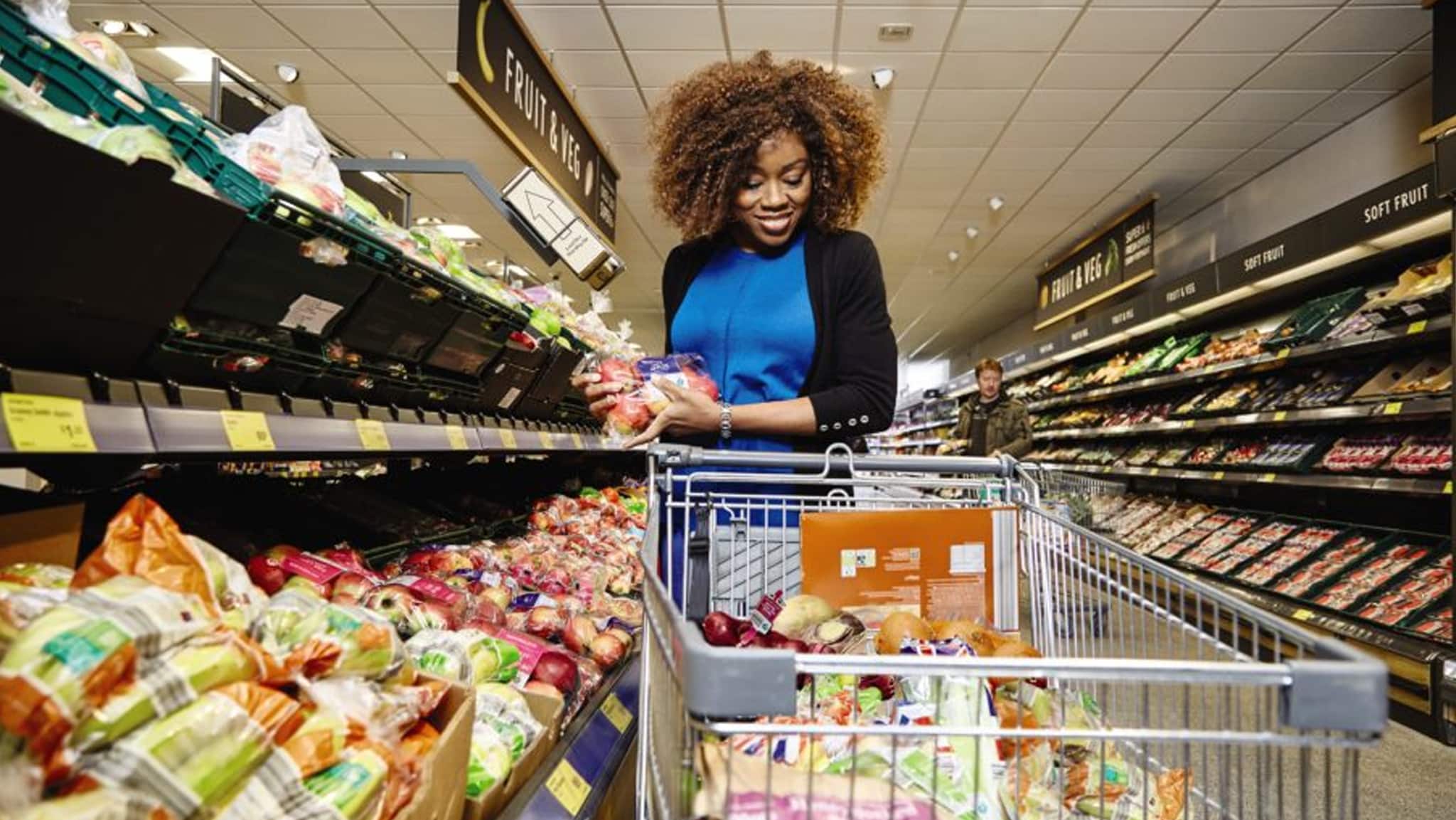
Information Resources, Inc. (IRI), which recently merged with The NPD Group , today released new insights about food inflation and its impact on consumer shopping behavior. The insights leverage the latest point-of-sale data for July 2022 and include data covering all U.S. food channels, including e-commerce.
July’s data shows that prices of consumer goods remain elevated across categories. Prices for food at-home rose 1.2% from the end of June to the end of July, and 14.4% year-over-year as of July 31. In June, at-home food prices rose 1.2% versus May, and 13.7% year-over-year as of June 30.
“Consumers are responding to rising prices by shopping promotions, prioritizing value options, and trading down to avoid going without,” commented Krishnakumar (KK) Davey, president of Thought Leadership for CPG and Retail. “We are advising our manufacturer clients to deploy all levers of strategic revenue management, prioritize strong in-market execution, and invest in retailer partnerships to ensure that the right products are available in the right places at the right times. Additionally, retailers must have the tools to quickly adjust to changes in consumer preferences to ensure they are offering the right assortment at price points that appeal to price-sensitive shoppers as well as their most valuable customers.”
Key insights from July include:
- Private Brand continues to grow in many food categories. Consumers are transitioning away from national brands in categories where store brands are already well-known or in commodity categories. In the four-week period ending July 24, 2022, private label share grew most in the fresh eggs (+6 pp), sugar (+5 pp), sour cream (+4 pp), shortening and oil (+3 pp), butter/butter blends (+3 pp), flour (+2 pp), frozen meat (+2 pp), and bottled water (+4 pp) categories.
- Persistent Inflation. Food and beverage inflation continues to persist on a sequential and year-over-year basis, despite recent price decreases in other areas of the economy (such as gasoline). Categories with the five largest increases in prices include:
| Category | July 2022 vs. June 2022 | July 2022 vs. July 2021 |
|---|---|---|
| Refrigerated eggs | +5.9% | +46.8% |
| Frozen dinners and entrées | +3.5% | +22.8% |
| Butter and margarine | +3.2% | +26.3% |
| Frozen pizza | +2.8% | +17.8% |
- Limited relief for consumers. While prices of certain food categories have begun to decline in recent weeks, they still tend to remain elevated year-over-year. Categories with the five largest decreases in price include:
| Category | July 2022 vs. June 2022 | July 2022 vs. July 2021 |
|---|---|---|
| Fresh citrus fruit | -2.4% | +26.7% |
| Bacon | -1.4% | +9.3% |
| Ice cream and sherbet | -0.8% | +7.4% |
| Beef | -0.3% | -0.1% |
- Promotional activity is on the rise. Promotional activity – including weekly sales and coupons – in many food and beverage categories is returning to pre-pandemic levels as supply pressures ease and consumers increasingly look for the best deals. Recent data indicates that the top five food and beverage categories where promotion increased in the four weeks ending July 10, 2022, show close parallels to the same four weeks in 2019, before the pandemic, with nearly 50% of these top categories’ sales coming from promoted items.
| Category | July 2022 vs. June 2022 | July 2022 vs. July 2021 |
|---|---|---|
| Ice cream and sherbet | 55% | 50% |
| Sports drinks | 52% | 54% |
| Crackers | 50% | 53% |
| Breakfast meats | 47% | 52% |
- Consumers are bargain hunting. Consumers are responding when promotions are available. In some of the most-promoted categories within the grocery channel over the trailing four-week period ending July 10, 2022, percent of dollar sales and percent of sales volume lift have increased significantly.
- 55% of ice cream and sherbet, for instance, was purchased at promotional pricing in the four-week period, 9 percentage points above what it was two months ago. These promotions generated 93% additional category sales, 13 percentage points more than what it was two months ago.
- Consumers are opting for value-oriented categories to preserve quantity. Within food and beverage, overall volume and units have remained resilient despite price increases. However, data comparing the 13-week period ending July 10, 2022, versus the previous 13-week period reveals:
- Consumers are purchasing greater-value meal solutions, such as pasta (+6 percentage points, or “pp”), rice (+5 pp), frozen potatoes (+6 pp), and canned soup (+3).
- Consumers are buying less in categories such as sports drinks (-9 pp), ready-to-drink coffee/tea (-3 pp), frozen novelties (-6 pp), refrigerated entrées (-8 pp), and frozen dinners/entrées (-5 pp).
- Consumers are trading down to more affordable brands within a category. Consumers are “trading down” or switching from a preferred brand or higher-priced product for one at a lower price point in many categories:
- In spirits, value brands increased their share 4.1 percentage points to 73.6% in the 13-week period ending July 31, 2022, compared to the prior 13 weeks, taking share from premium and super-premium spirits.
- Premiumization continues in select categories despite the high inflation. Mirroring behavior from the Great Recession of 2008-2009, consumers are trading down to trade up on small luxuries, including both premium and super-premium imported beer, which saw combined sales share increase 2.6 percentage points to 51.2% share of category sales in the same 13-week comparison. In a few other categories such as frozen dinners/entrées, refrigerated juices and drinks, higher-priced products in the premium tier have grown share by about a percentage point each.
- Slower spending outside of food and beverage. Consumers are purchasing less in categories such as foil pans, household cleaner cloths, toilet tissue, facial tissue, laundry detergents, and household cleaners.
Related Incites
2025 EVENTS
TICKETS, SPONSORSHIPS & EXPO BOOTHS NOW AVAILABLE







